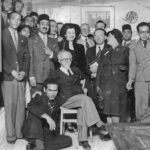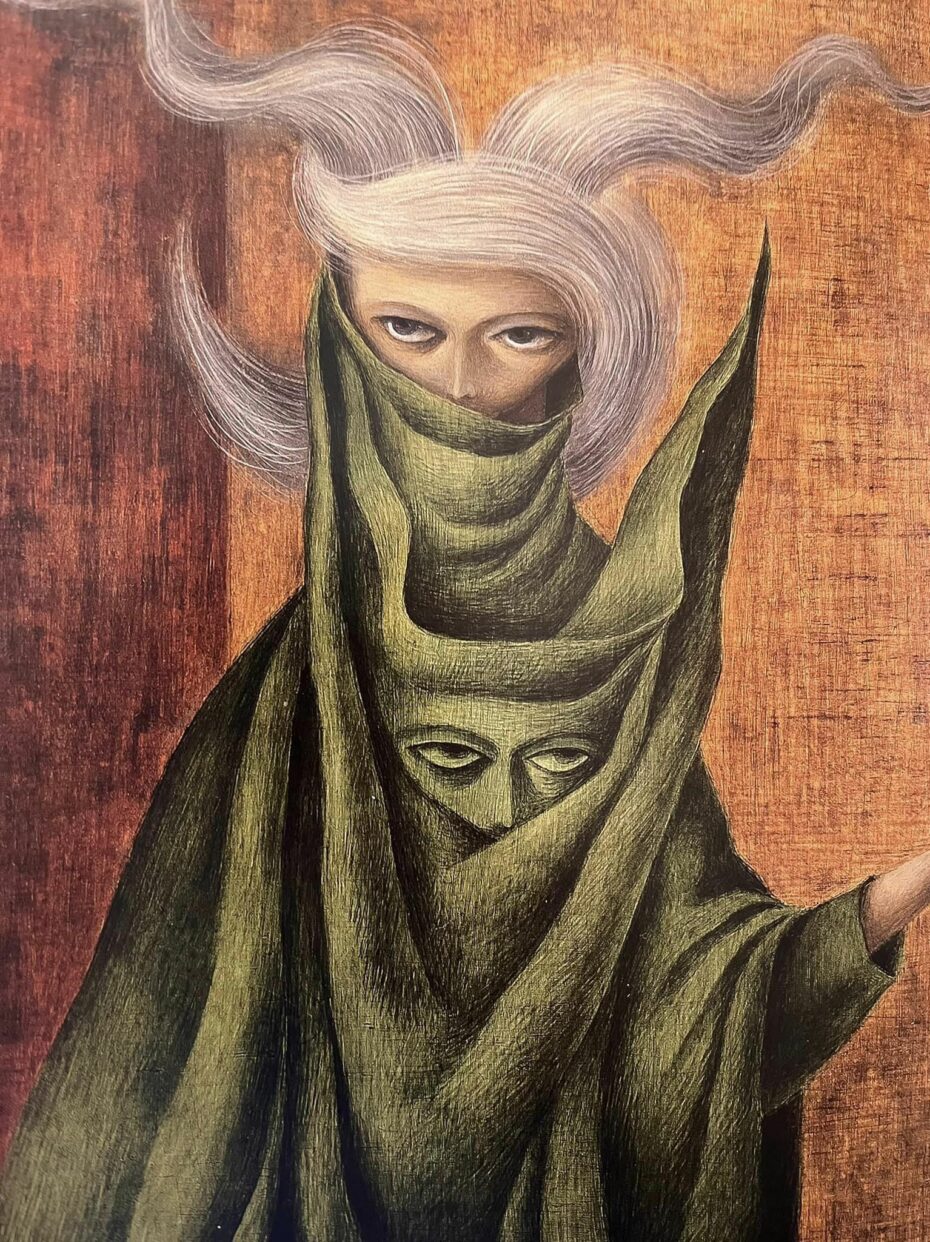
You might say female Surrealists are having a bit of a moment. Our forgotten Parisian bohemian queen, Leonor Fini stole the show at Art Basel’s 2023 fair in Miami, and this week, a painting by Britain’s lost surrealist, Leonora Carrington, sold at Sotheby’s for a record $28.5 million. We still have a few women Surrealists we’d like to see back in the spotlight, but in the meantime, we have one more to add to the queue: Remedios Varo. An overlooked icon of the Surrealist movement, Varo’s work was rebellious, ambitious, and explorative. Through she had a difficult life, Varo found liberty through her paintings and created a fantastic world entirely her own.
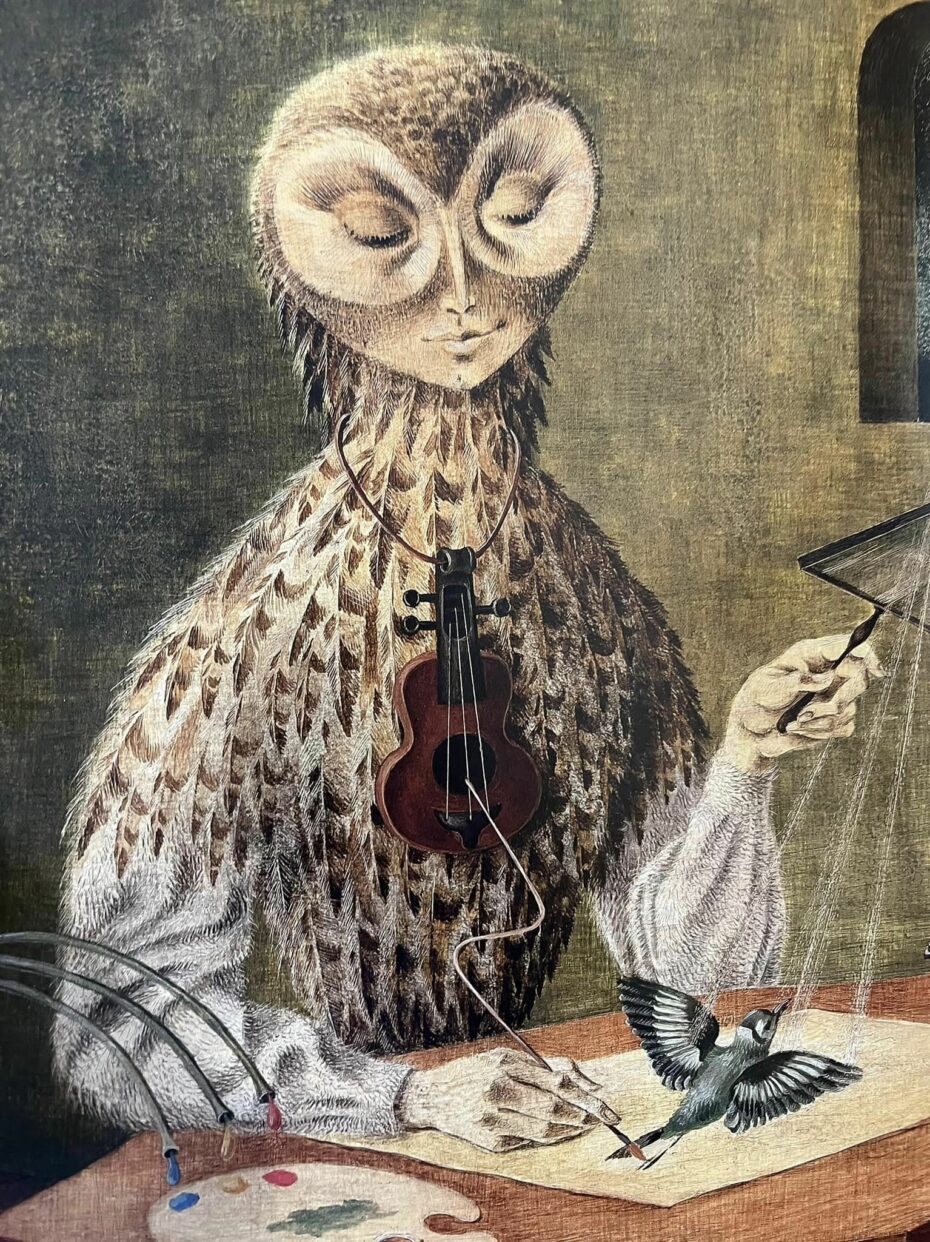
A half human, half bird, a face hidden inside a chest, a man switching places with his shadow. Dreams- or maybe nightmares- these images can all be found in the enigmatic and singular paintings of the Spanish-Mexican artist Remedios Varo. Her paintings are intriguing, psychological, and often frightening. Born in 1908 in Anglès, Spain, her deeply Catholic mother named her for the patron saint of their hometown- Anglès, the Virgin of Remedies- and her older sister who had died. From the beginning Varo’s life was weighed down by symbolism, mysticism, and mortality.
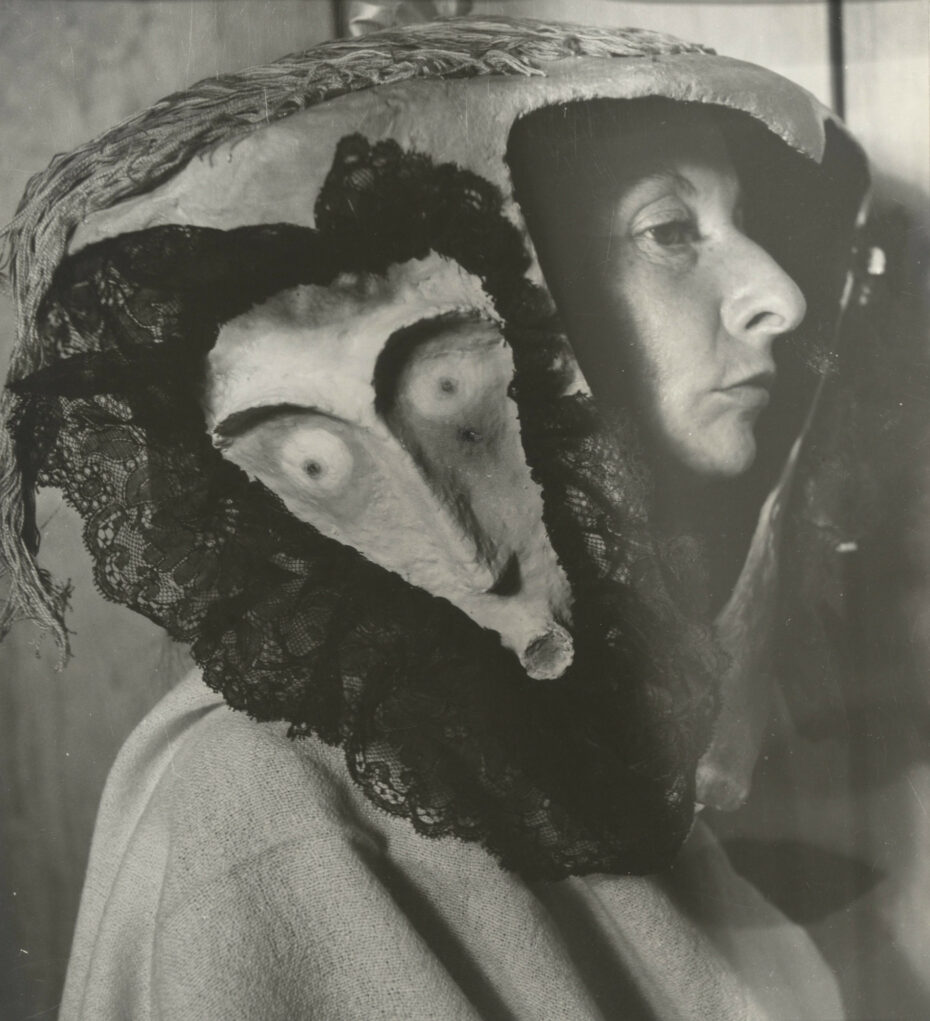
Varo was raised in a household that valued education and creativity. Her father, an engineer, nurtured her artistic talents, giving her technical drawings to copy. These exercises in precision and detail greatly influenced her meticulous artistic style. Encouraged by her father, she read voraciously, preferring Edgar Allan Poe. She became interested in mysticism and philosophy, discovering many of the esoteric themes that would inform her later work.
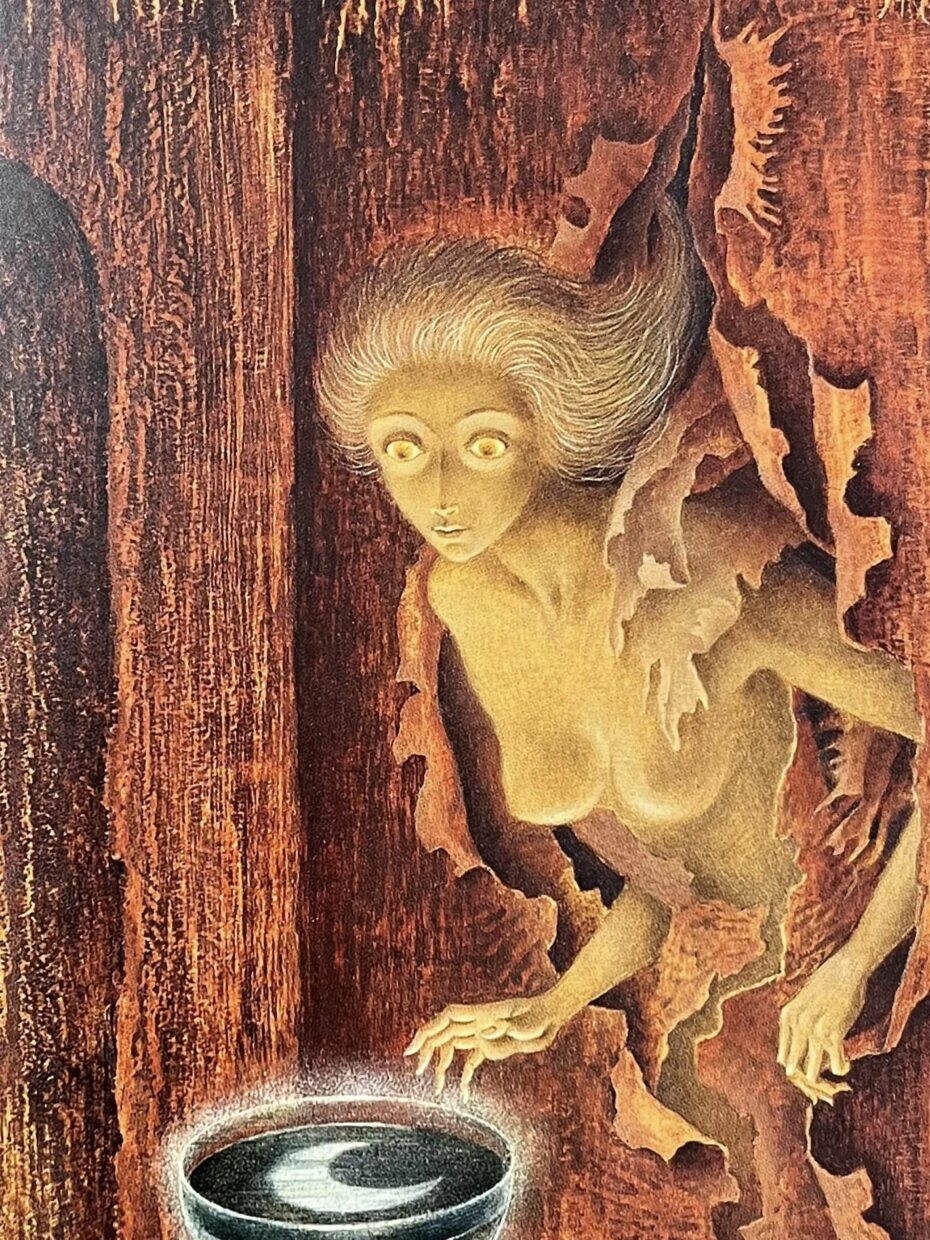
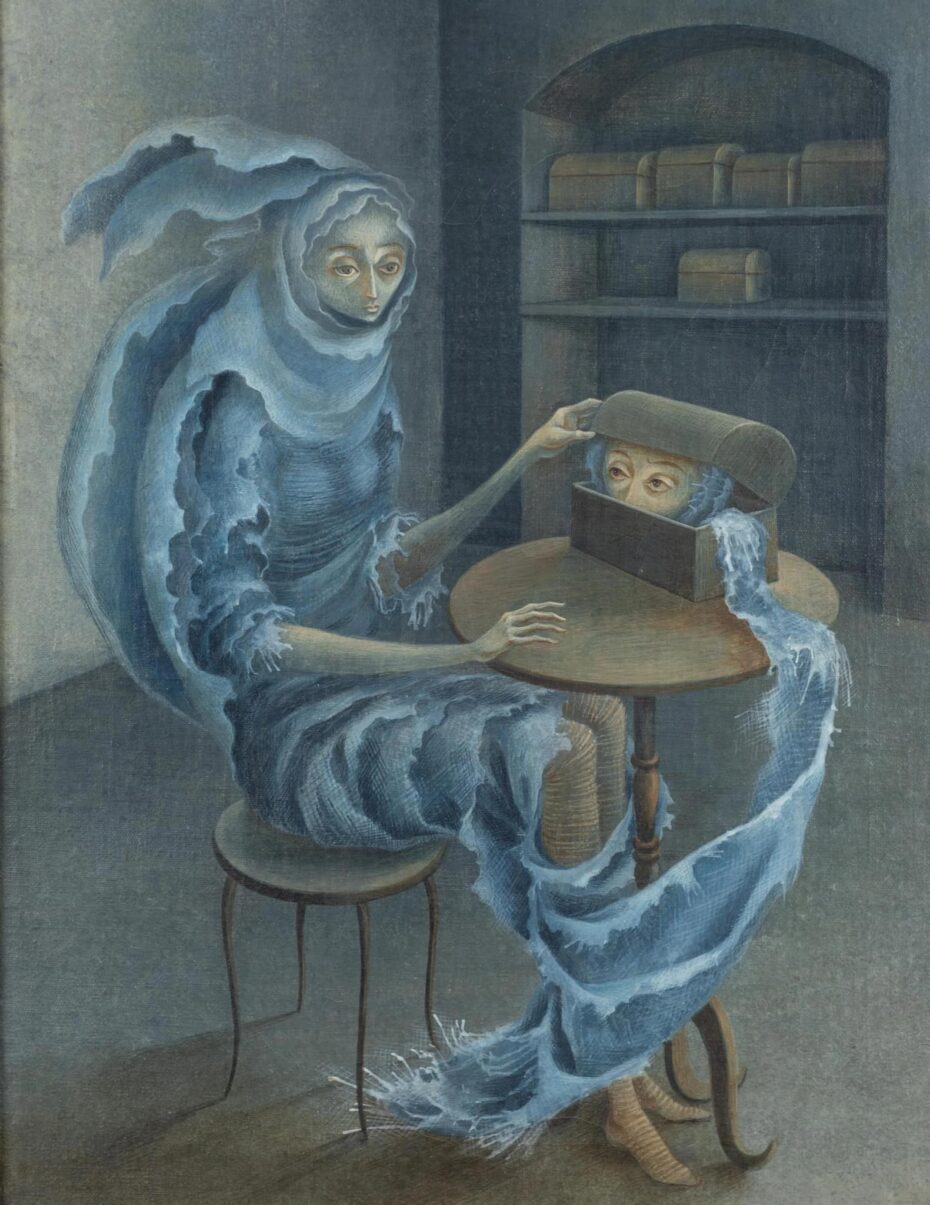
Varo’s early education was at a convent school, where she rebelled against the conservative religious environment. At only 15 years old she began studying at the prestigious Real Academia de Bellas Artes de San Fernando in Madrid. While in Madrid Vardo often visited the Prado. She revelled in the Spanish tradition of dark, tortured subject subject matter exemplified by Goya and was greatly moved by the works of Hieronymus Bosch.
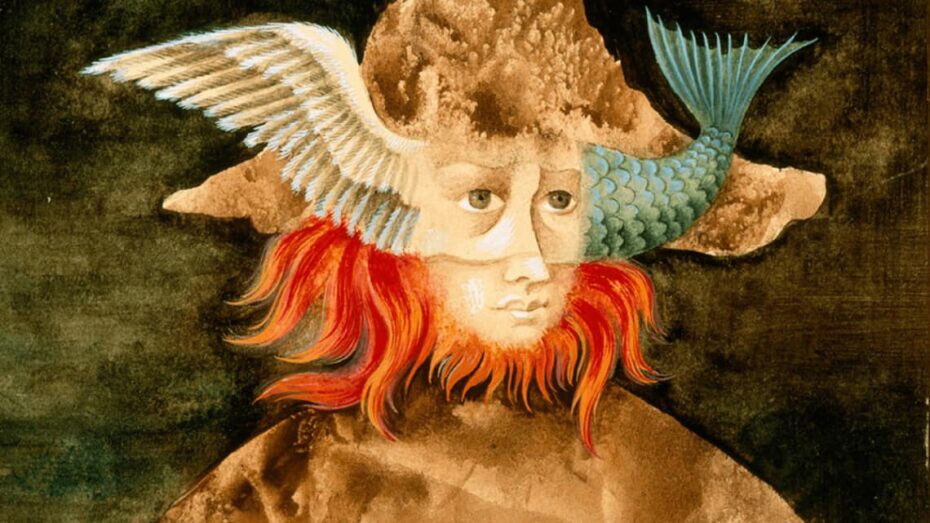
Soon after earning her diploma Varo married Gerardo Lizárraga. The couple moved to Paris, staying a year there before settling in Barcelona. During this period, inspired by the vibrant French contemporary scene, Varo decided that she wanted to dedicate her life to art. She had been interested in surrealism since art school, and had been creating surrealist style works for several years. She developed a unique style that remained consistent throughout her life. Her paintings are characterised by their intricate detail, dreamlike quality, and recurring motifs of alchemy, mysticism, and the metaphysical. Works often feature elongated figures, elaborate architectural elements, and surreal landscapes. But Varo had not exhibited yet, and earned a living in Barcelona working in advertising.
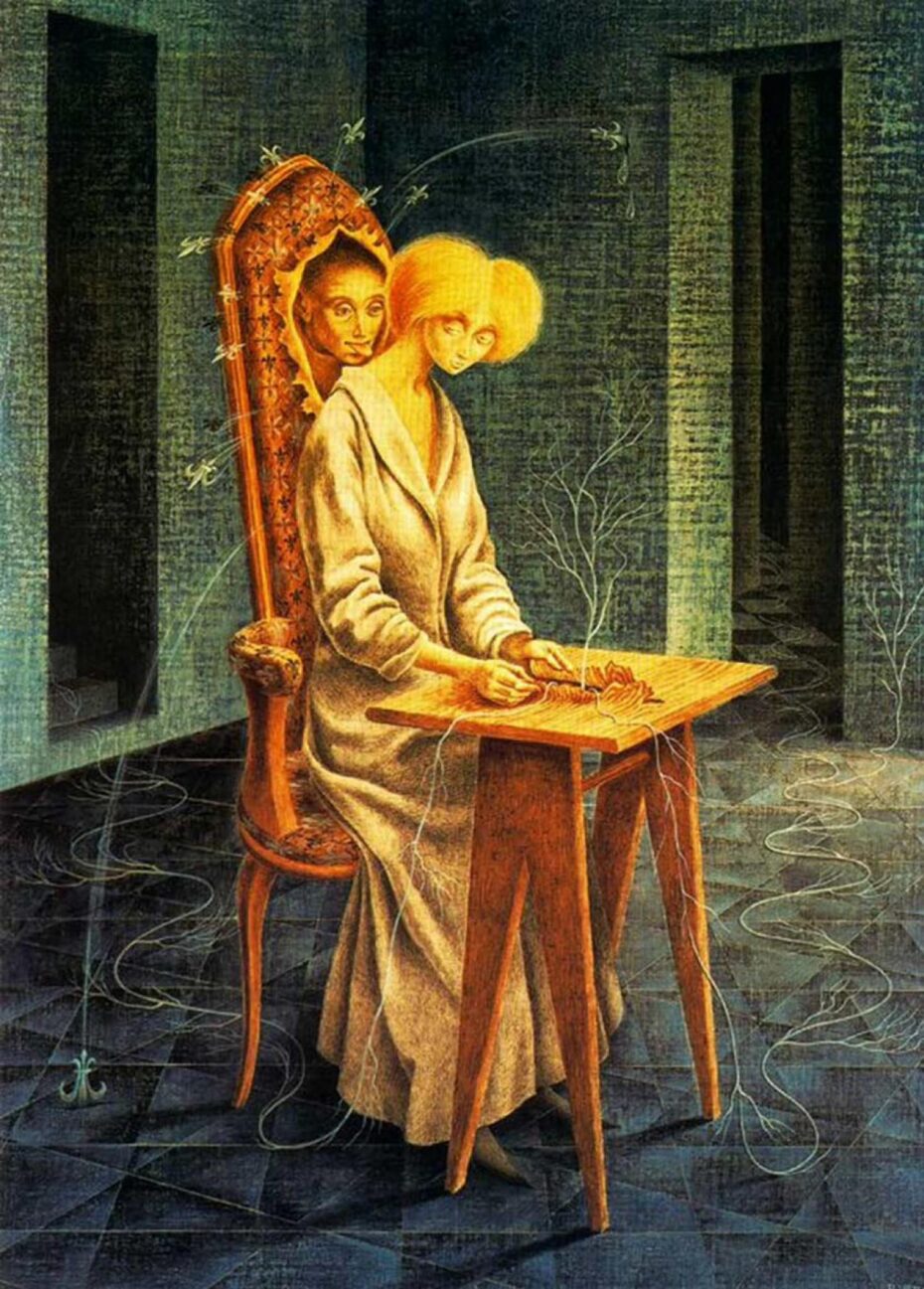
In 1935, Varo officially became a Surrealist after being invited by the French artist Marcel Jean in Barcelona. She participated in Surrealist games like the famous cadavres exquis (“exquisite corpses”), a collective activity that was meant to explore the artistic subconscious. The next year she exhibited with a group of Spanish Surrealists. Soon after she separated from her husband and moved to Paris with her new lover, the poet Benjamin Péret, escaping the Spanish Civil War. There she became part of the Surrealist circle, spending time with André Breton, Dora Maar, Leonora Carrington, and Max Ernst.
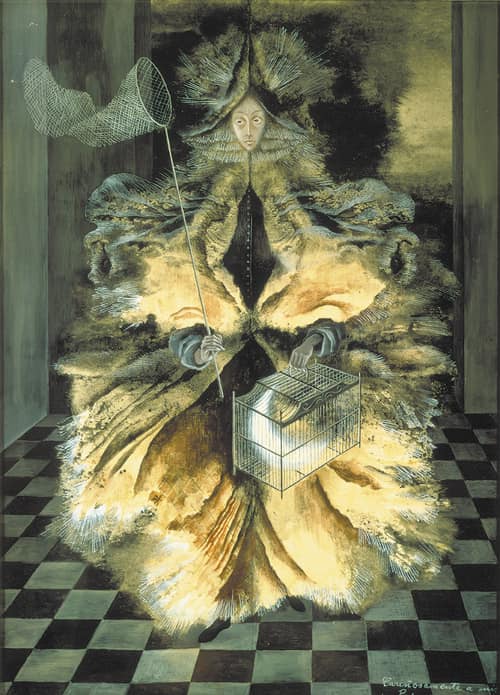
Like many Surrealists, Varo was imprisoned during the German occupation of Paris. After being released, she fled to Mexico. In Paris, she had been intellectually active, discussing art nearly constantly, but had produced few paintings. It was in Mexico that these conceptual seeds began to bear fruit.
Mexico City in the 1940s was a haven for expatriates. Varo soon found a thriving community of artists, and ended up staying in the country until the end of her life. She befriended Leonora Carrington, Katia Horna, and Frida Kahlo. Together these female artists sought to redefine the male-dominated Surrealist movement. Though she still had to work other jobs to get by, in publicity, as the assistant Marc Chagall, and as a commercial illustrator, she began one of the most prolific periods in her career.
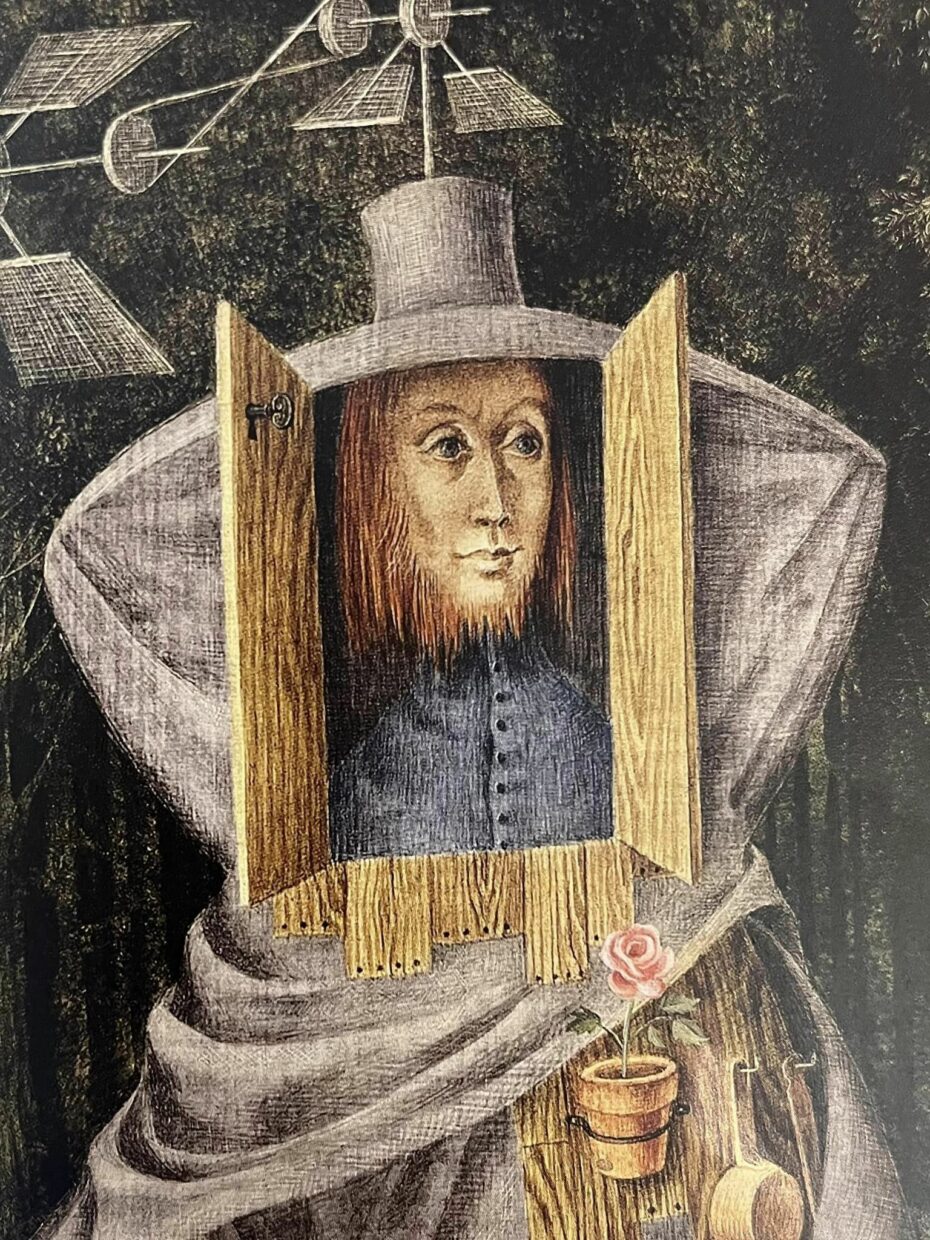
Vero maintained her passion for the esoteric, exploring mysticism, alchemy, and the occult. Constantly seeking to understand the deeper truths of existence, her art reflected this fascination.
In 1955, after years of work, the first solo exhibition of Varo’s art opened in Mexico City. Her paintings were acclaimed both for their technical prowess and unconventional subject matter. Yet just as she was finally finding acclaim, her life tragically ended. Remedios Varo died in 1963, at the age of 54. In her short life, she created over 500 pieces. She had always dreamed of possessing mystical powers, using her art to reach a higher plane. Looking through her paintings today, each one a gateway to an etherial realm, she clearly succeeded.
“The dream world and the real world are the same.”
– Remedios Varo



